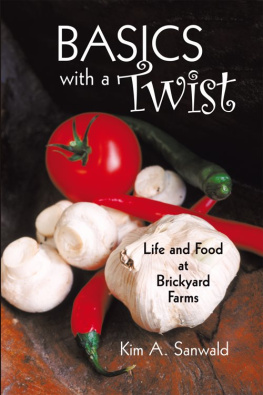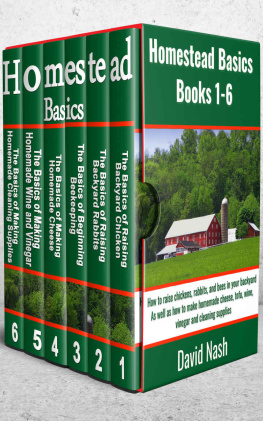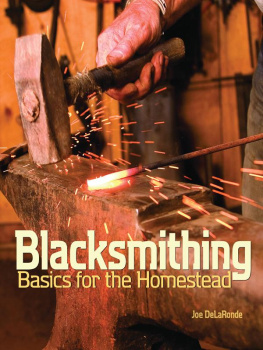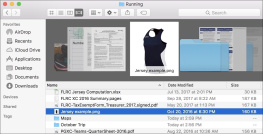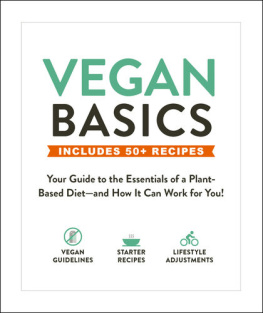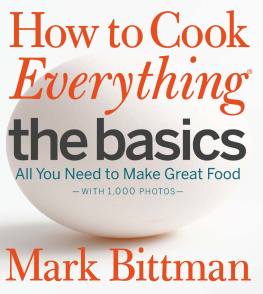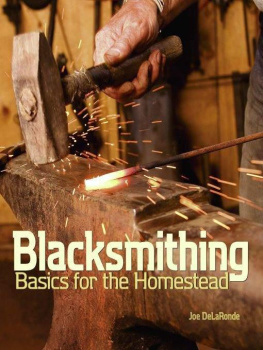Homestead Basics
Books 7-12
Copyright 2021 by David Nash
All rights reserved.
No part of this book may be reproduced in any form or by any electronic or mechanical means, including information storage and retrieval systems, without written permission from the author, except for the use of brief quotations in a book review.
Contents
I.
II.
III.
IV.
V.
I.
II.
III.
IV.
Preface
Since you are reading a book on self-reliance, I am assuming you want to know more about how to take care of yourself in disaster situations
I would like to suggest you take a moment and visit my website and YouTube channel for thousands of hours of free content related to basic preparedness concepts
Daves Homestead Website
https://www.tngun.com
Daves Homestead YouTube Channel
https://www.youtube.com/tngun
Shepherd Publishing
https://www.shepherdpublish.com
The Basics of Baking
Why Bake Bread
If you want to become more self-sufficient being able to bake is a necessity.
Homemade bread is much cheaper than store bought allowing you to reduce your income or channel it to other things. More important than the reduced cost is the mindset and increased confidence from gaining such a skill.
There is something viscerally pleasurable of sitting down to enjoy a hunk of warm homemade bread slathered in butter, even more so if you made the butter or grew the wheat.
Unfortunately, my bread making skill is only slightly more advanced than my gardening. I routinely joke that I can make pretty bread or tasty bread but I cannot do them both at the same time (or predict which will result from my latest attempt).
My problem is that baking is as much a science as an art. The ingredients all have specific roles. As you learn to bake you need to follow the recipes exactly so that each ingredient work in a manner that is predictable. As you gain experience you can experiment with single ingredient changes to see what makes the bread lighter or more dense, chewier or crustier, and the like.
I would imagine that if you are reading a book on baking you already want to learn to bake bread, or you know and just love the topic. Either way I am going to share a few reasons why I think learning to bake is an important skill:
- Nothing beats the flavor & taste of a freshly baked loaf straight from the oven. The mouth-watering taste of newly baked bread with some butter slowly melting atop is an experience everyone needs from time to time.
- Homemade breads are more nutritious than commercially produced breads. Store bread is filled with preservatives to extend shelf life.
- Making bread is inexpensive The main ingredients, which are flour, yeast and salt, are very cheap and form the basis of many food storage plans (see The Basics of Food Storage).
- Baking bread and kneading dough can be a very relaxing experience. While kneading dough, you put your focus on the act and can forget the stress of daily living.
- Creating your very own bread is impressive and makes a wonderful gift.
- Sandwiches taste better and are more filling than the light commercial loaves.
- Baking your very own bread is one great and fun way for you to spend time with your family.
- It can also be educational. Few things teach math and cause and effect relationships to children better than cooking. Depending on the techniques it can also open the door to a history lesson. This is the concept behind my book 52 Prepper Projects for Parents and Kids.
- You can experiment and get creative.
- You can sell your baked goodies to friends and relatives.
So with the case of why I think everyone should learn to bake, at least a little, let us get on to some very basic recipes and techniques that allow you early success as you are introduced to the basics of baking.
How to Measure Flour Correctly
In many counties things like flour are measured by weight, but here in America we measure flour by volume. While it is much easier to measure by volume, it is not as accurate. This is because flour may mound over the cup or it may pack down.
The best way to ensure you get a repeatable measure of flour is to measure by volume and not weight. Do this by spooning the flour into the measuring cup and then use the flat side of a knife to scrape along the top of the cup smoothing without packing.
If you dont measure in a manner that is repeatable, your recipes, especially bread recipes will never be consistent.
The think you need to worry about when measuring flour this way is to ensure you use a measuring cup with a flat top that is designed to measure solids. You wont be able to do this if you use a measuring cup designed for liquids as the spout and graduated markings dont allow the tip to work.
The best way to deal with the recipe inaccuracies is to just use recipes that measure by weight. A pound of flour will always be a pound. Even if it is sifted to hold more air, or it is packed down compactly the mass is the same.
How to Make Easy No-Knead Ciabatta Bread
As I said in the introduction, baking is not my specialty, but I think it is a lot like making good omelets, baking is not particularly hard, but it you want to be good at it, you have to practice regularly.
When I started baking, I found that this particular recipe was a winner for me because it is fast, cheap, and tastes good.
This bread recipe and its variations can be found online in other places. It is sometimes called 60 second bread since it only takes 60 seconds to mix, or no-knead bread. I like to call it no-knead ciabatta as it makes it sound like I am all artsy and smart.
What I like about this particular type of bread is that it is rustic. It will have a hard crust and a chewy, rough texture inside. It is not supposed to be a perfect looking loaf. Personally, I think its perfect with my homemade honey butter, but toasted with peanut butter its a meal onto itself.
Heres the Recipe:
Ingredients
- 2 cups water
- 1/4 teaspoon yeast (or one packet of dry yeast)
- 1 1/2 teaspoons salt
- 4 cups flour. (I have used straight All Purpose flour, bread flour, and a mix of AP flour and fresh ground wheat flour with various ratios. In my experience it all works, although bread flour will turn out best.)
Directions
- Mix the water, yeast, and salt together in a large bowl.
- Dump in all the flour.
- Stir until all the flour is pretty much absorbed. It will make a very sticky ball. There should not be any dry flour on the sides of the bowl.
- Cover with a kitchen towel and set aside for 18 hours or overnight.
- Sprinkle cornmeal onto a baking sheet. Or oil/butter a sheet pan and cover with flour. Cornmeal is better, but either works.
- With a spatula scrape the wet dough out onto the pan, If you scrape the sides the weight of the dough will pull itself out and dump right on the pan. If you want to shape it into a loaf, do that with floured hands.
- Set pan aside uncovered for 2 hours to rise (dont expect it to rise much). I sometimes skip this step.
- Preheat oven to 425 an hour before the bread will be done rising.
- Bake bread for 20-30 minutes. It will be done when the crust has a deep golden color.
Note: If you like you can sprinkle flour over the top of the risen dough right before you put it in the oven to give it an artisan bread look


